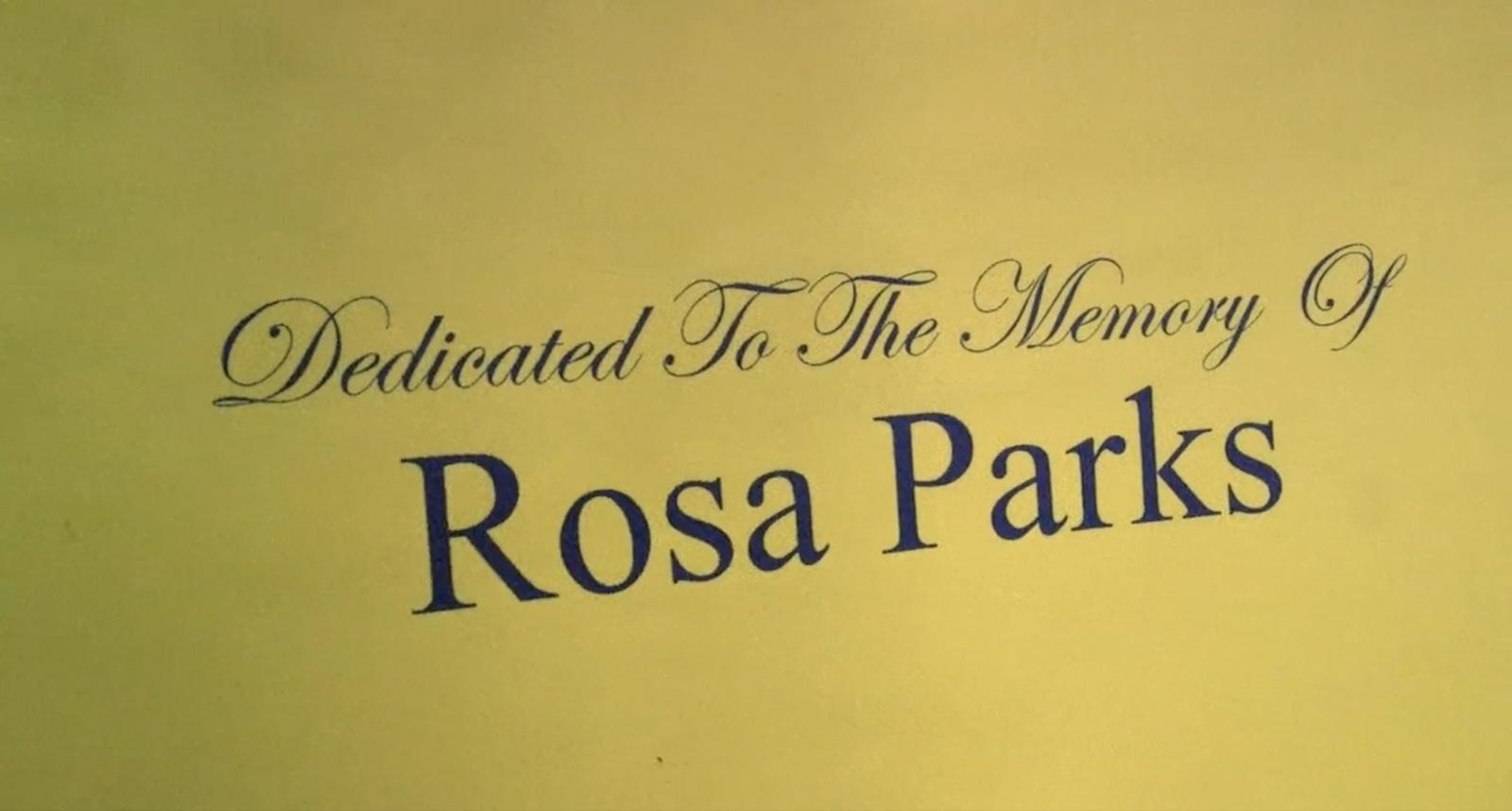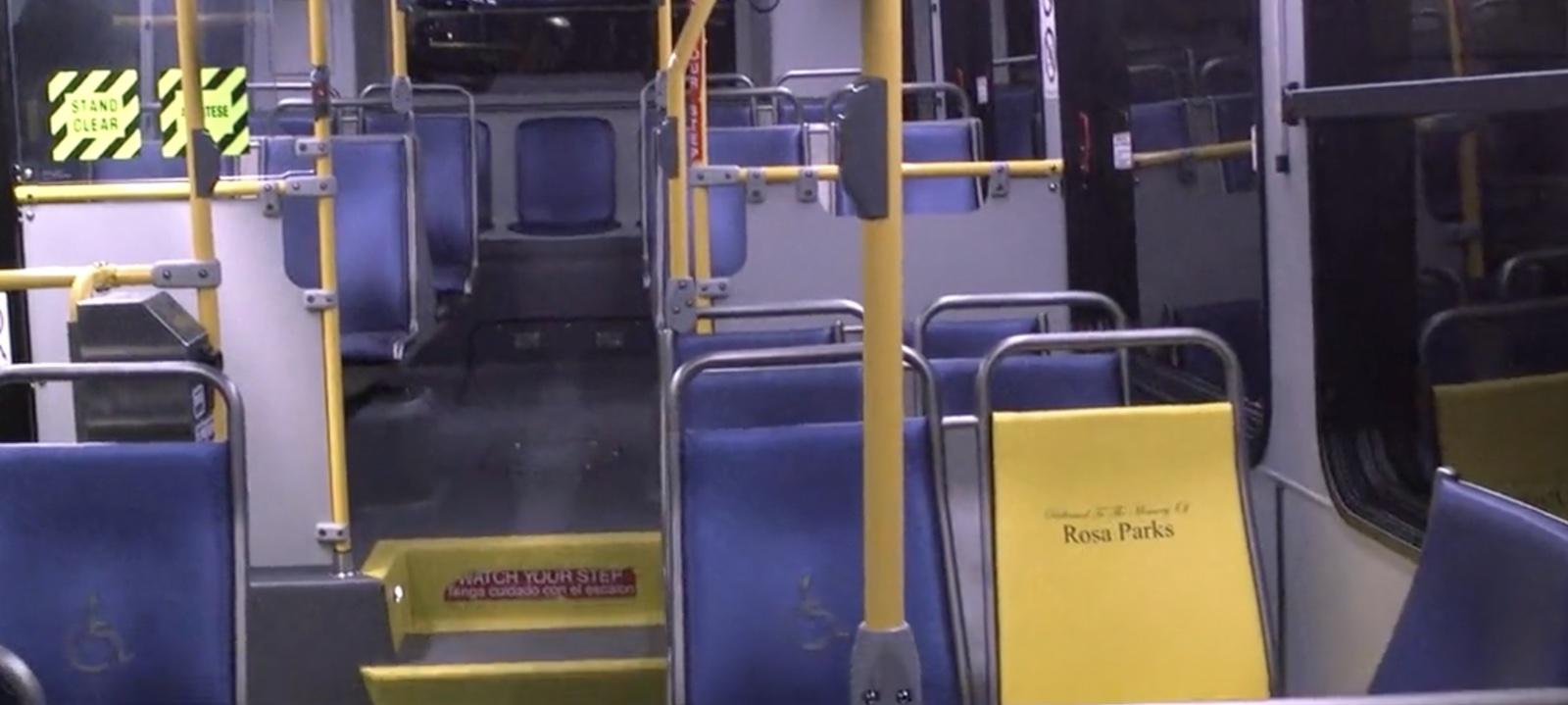Many individuals felt the gesture was little more than that—a gesture. It seemed like a move designed to make the company appear progressive without actually taking a stand or making a contribution to the ongoing fight for civil rights in the United States. Basically, the lack of depth to this in memoriam seemed to fly in the face of the life Parks led.
As Brooklyn College political science professor Jeanne Theoharis told the Houston Chronicle: "Rosa Parks to the end of her life in 2005 was insistent that the struggle for racial justice wasn't over and there was much more work to be done.” For context, Parks first joined the Montgomery chapter of the NAACP in 1943 and spent the next 62 years fighting for civil rights.
Theoharis, who also authored the award-winning biography The Rebellious Life of Mrs. Rosa Parks, added that the money used for this seat cover might have been better spent raising support for and awareness of a voting rights bill that Texas senators blocked last month.





























